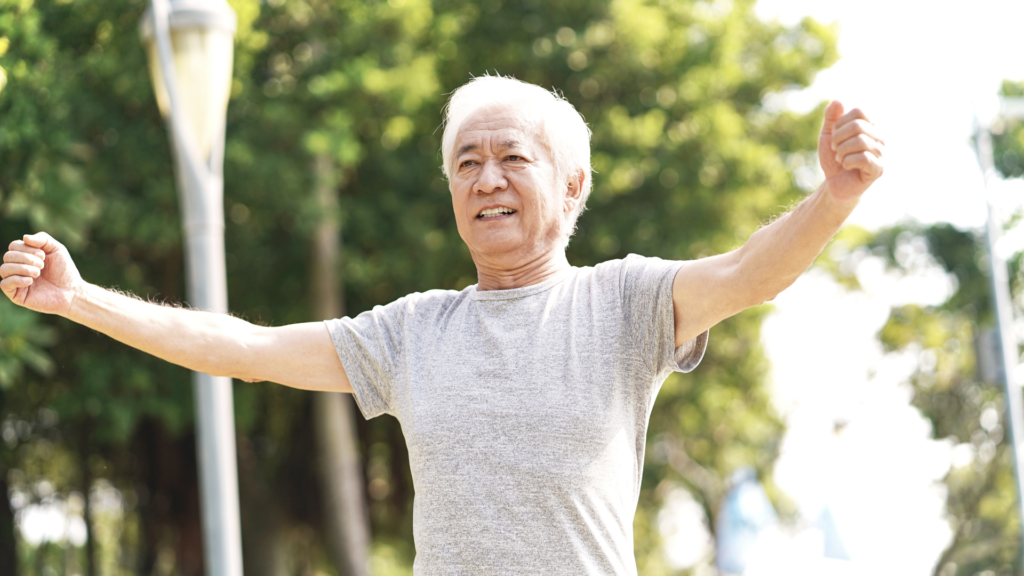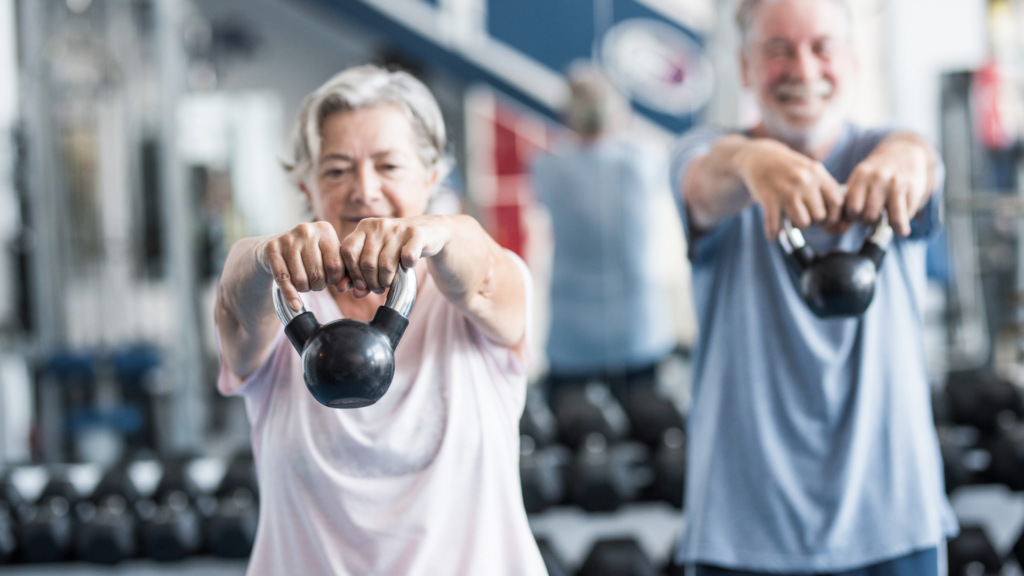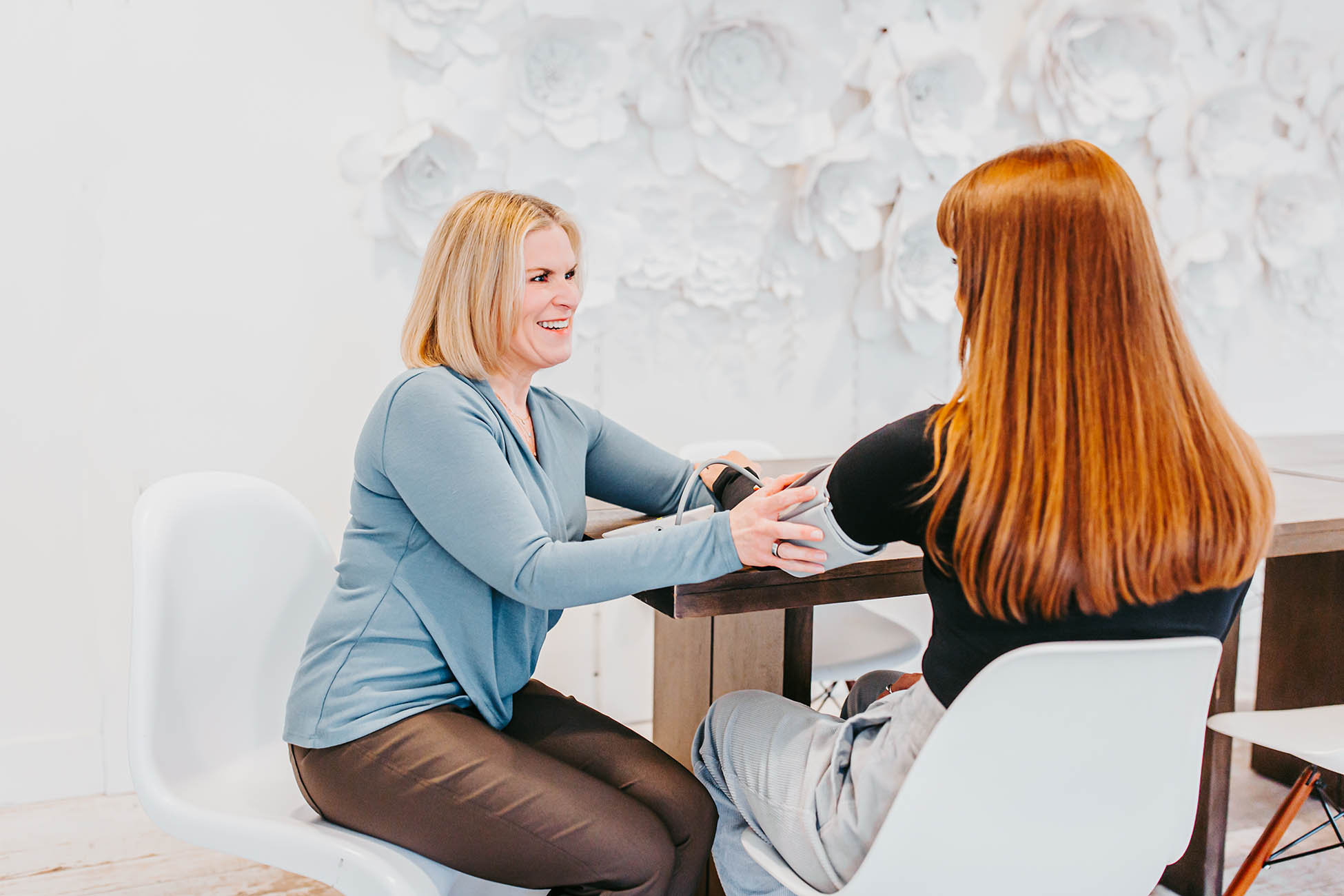Aging gracefully isn’t just about maintaining physical health—it’s also about keeping our minds sharp. At the University of Queensland, researchers have turned their focus on how exercise can impact cognitive function in the elderly. Their findings? High-intensity interval training (HIIT) might just be a key to better brain health. Let’s dig into the study’s discoveries and what they could mean for seniors worldwide.
The University of Queensland Study on Exercise and Cognitive Function
The recent study involved healthy volunteers aged between 65 and 85, who were divided into groups to participate in one of three different exercise programs over six months. They engaged in low intensity, medium intensity, or high intensity exercises, with a keen focus on understanding how varying intensities influence brain health.

Here are some of the study’s highlights:
Impact on the Hippocampus:
The hippocampus is pivotal for learning and memory, two aspects of cognitive function that often decline with age. Remarkably, only participants in the high-intensity group showed improvements in hippocampal function after six months of training.
Changes in BDNF and Cortisol Levels:
Brain-derived neurotrophic factor (BDNF) is a protein that supports the survival of existing neurons and encourages the growth of new neurons and synapses. Cortisol, known as the stress hormone, can have a detrimental effect on the brain at elevated levels. The study reported that individuals practicing HIIT showed beneficial adjustments in both BDNF and cortisol levels.
Long-Term Benefits:
Perhaps most encouraging, the cognitive improvements observed in the HIIT group appeared to last up to 5 years, demonstrating continued benefits long after the exercise intervention had ended—even if the high-intensity exercise program wasn’t maintained.
The HIIT Program for Seniors

The HIIT program that yielded such promising results involved 4 cycles of running on a treadmill at nearly maximum effort. This high-intensity approach is known for its efficiency, allowing for significant health gains in relatively short workout sessions.
Understanding the Implications for Senior Health
This study shines a light on the powerful relationship between high-intensity exercise and cognitive health. It suggests that incorporating HIIT into a senior’s routine may bolster functions like memory and learning, potentially warding off cognitive decline.
Adopting HIIT Safely as a Senior
Before seniors don their workout gear and hit the maximum intensity, it’s imperative to recognize the need for proper guidance and a tailored approach, bearing in mind individual health status:
Professional Supervision:
It’s vital for seniors to consult healthcare providers before starting any new exercise program, especially one involving high-intensity activity.
Gradual Introduction:
starting slowly and increasing intensity gradually helps minimize the risk of injuries and other health complications.
Holistic Approach:
Combining HIIT with other forms of exercise and a balanced diet can support overall wellness and long-term brain health.
The findings from the University of Queensland are indeed exciting, pointing to HIIT as a promising way for seniors to nurture both their physical and cognitive well-being. By responsibly integrating high-intensity exercise into their lives, seniors have the potential not just to enhance their current quality of life, but also to preserve their cognitive functions for the years ahead.







